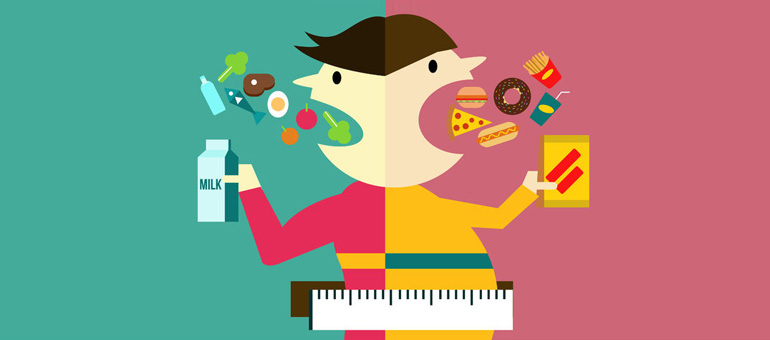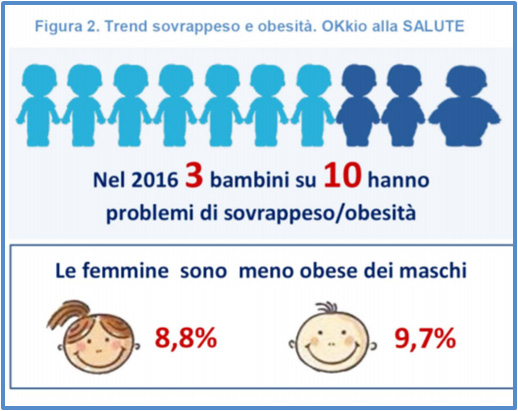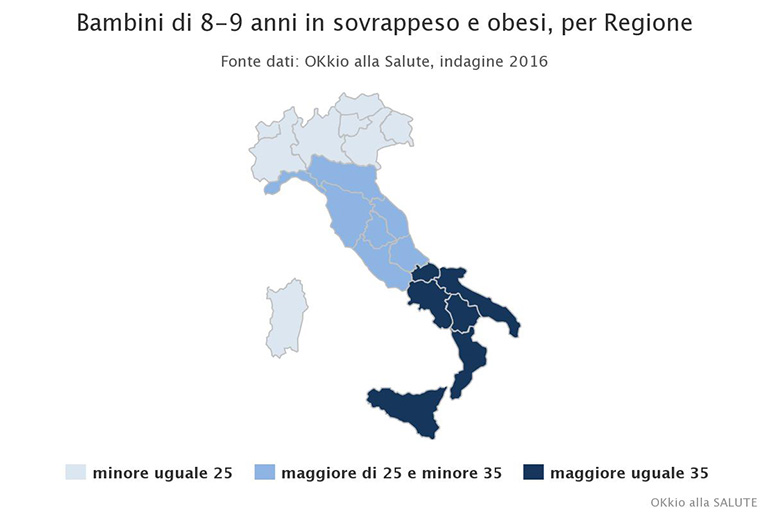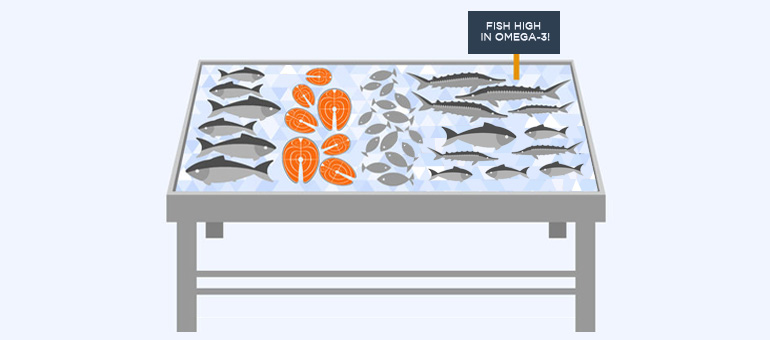
Childhood obesity


The Importance of Food Education
Proper nutrition is a key pillar of human health and it is fundamental to teach and transmit from childhood and school age.
Chronic illnesses, once linked to aging, are becoming more and more common in children as well. Negative impacts of early onset of certain pathologies are worrying both for the quality of life of patients and for the life expectancy of the population (with healthcare costs).
The preventive role of food education in schools is considered by both international organizations, such as WHO and FAO, as well as by the Italian Parliament. It is cited as an example, part of the text of Law 2042 in order to promote education on the value of food in schools: “[…]to facilitate an integrated approach between food and the environment, to carry out integrated food education activities and, in order to promote wellness, healthy lifestyles and contrast to obesity and ill-health disorders […]”.
Children overweight and obese in Italy
Bad nutrition does not necessarily result in weight problems, at least not in the immediate, but it is always the opposite. Even in our nation, the homeland of the famous Mediterranean Diet, there is a serious phenomenon of overweight in childhood. Unfortunately, this figure correlates statistically with a higher risk of obese adult obesity. According to the 2016 data from the Ministry of Health on schoolchildren aged 8 to 9, it appears that on average in Italy 3 out of 10 children are overweight or obese. The geographical distribution shows a growing trend from north to south, with a negative record in Campania with 28.6% overweight children and 13.7% obese, with a total of almost 1 out of 2 with weight problems.


Overweight is not only an aesthetic problem, but it is associated with many disorders:
- hypertension and cardiovascular disorders;
- insulin resistance, type 2 diabetes and metabolic syndrome;
- alterations in puberty and polycystic ovary syndrome;
- asthma and respiratory distress;
- gastrointestinal complications;
- orthopedic complications;
- psychological issues, including attention-deficit/ hyperactivity disorder (ADHD) and depression.
The 7 food faults longer committed by children
Here below there are the main habits – which should try to correct – emerged from the Okkio Health Report:
- Absent or inadequate and unbalanced breakfast;
- snack “too abundant” during the mid-morning;
- poor consumption of vegetables and fruit;
- excess of sugared or carbonated beverages;
- insufficient physical activity, in particular, motion games or sports;
- Excessive use of TV / video games / tablets / cell phones.
Living in an “obesogenic” environment, in which continually engages in sensory food stimuli and with virtually infinite supply of foods, it is very difficult not to fall into the seemingly innocuous trap of eating something. While our will can help us say a single no, it is much harder to say no to food many times a day.
A child-friendly network: an idea to limit overweight

For this reason, especially for children, it is important that the family, the school and the institutions work together to reinforce virtuous behaviour by adopting food education programs involving school children’s kitchens, paediatricians and families in one kind of support and reinforcement network. Parents must check and ask for schools to implement food education programs and possibly practical cooking workshops!
Some simple and easy rules designed by prof. Alan Goldhamer, founder of the TrueNorth Health Center in California, USA, can help families. This is the SOS free diet (free from SOS foods) where S stands for sugar (sugar), O for oil (fat), S for salt in the context of a healthy diet, such as the Mediterranean, rich in vegetables, fruit and whole foods.
Why are we attracted to S.O.S. foods? Because our evolution took place in an environment where food resources were a limiting factor in the growth of the human species and the ability to find fat or sugary foods was an important energy benefit; the consumption of these foods was also rewarded at the brain level by stimulating the dopaminergic centers of gratification.
The food industry knows this aspect well and in fact blends it wisely and uses these “S.O.S.” ingredients in the products on sale to increase their appetite and consumer frequency, generating what is termed a true food addiction.
The 3 simple rules of the S.O.S. free
It is therefore best to avoid the foods produced by science applied to food and not from nature, in particular those that:
- (S) contain sugar or one of many sugary mixtures, in an endless list of syrups and extracts. Sugars that nourish our cells can be safely delivered to the body by eating complex carbohydrates (e.g. bread, pasta, whole grains) or fresh fruit.
- (O) have too much saturated fat (SFA), too many Omega-6 (ὠ6), or contain margarine. Healthy fats, however, play a key role in human nutrition and should be used by giving priority to extra virgin olive oil and fats in fish. SFA and ß6 are not bad fats, but too present in the modern western diet and should be balanced with Omega-9 and Omega-3 intake.
- (S) limit hidden salt, present in all preserved foods; the addition to table or kitchen accounts for only 35% of sodium ingested by Italians. Sodium should not be totally excluded from diet; LARN provides an adequate intake of 3.75 g kitchen salt (sodium chloride) corresponding to half a teaspoon.
For this reason, take the habit of evaluating foods also by reading the labels and learning to identify the nutritional presence listed above. In doubt, follow what was written by Michael Pollan, author of the bestseller “The Dilemma of Hassle-Free” and you will leave a lot of goods on the shelves:
buy and eat only real food, what your great grandmother would recognize as such.
Bibliography
http://www.epicentro.iss.it/okkioallasalute/dati2016.asp
Michael Pollan. Il dilemma dell’onnivoro. 2006, Adelphi Edizioni spa – 487 pagine
Article by:
Nutritionist Dr. Francesco Bonucci
The diet tips, written in the article, are not intended to be a substitute for a personal nutrition plan and are to be adapted to specific cases.
Photo: 123RF Archivio Fotografico | ©mangsaab, 33658288, 2017-11-22 | ©FoodCollection/PhotoCuisine RF, 32033738, 2017-11-22
- On 24 November 2017



